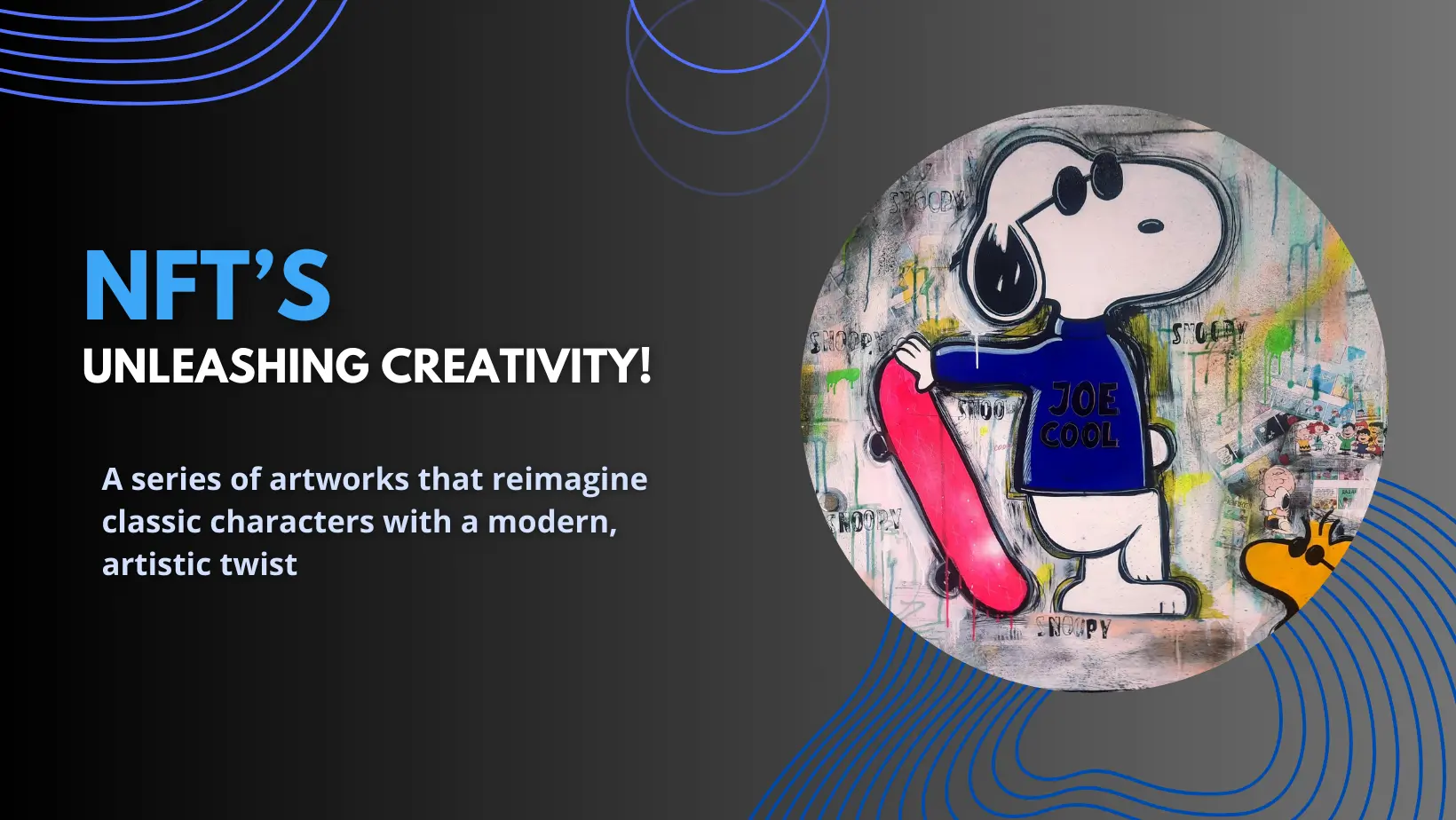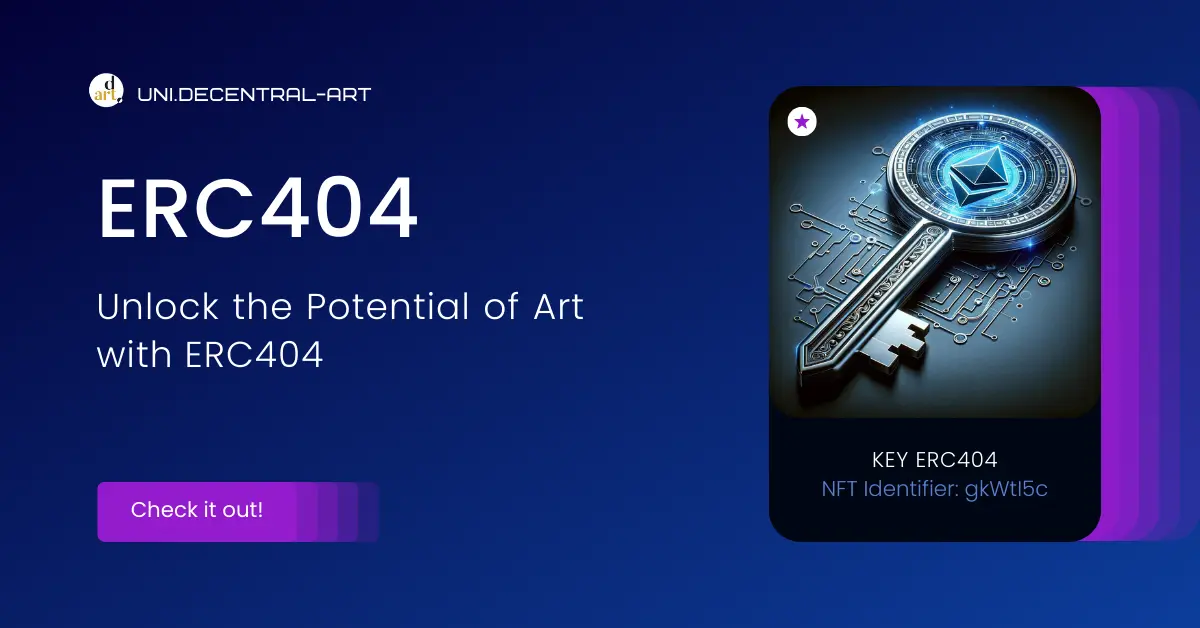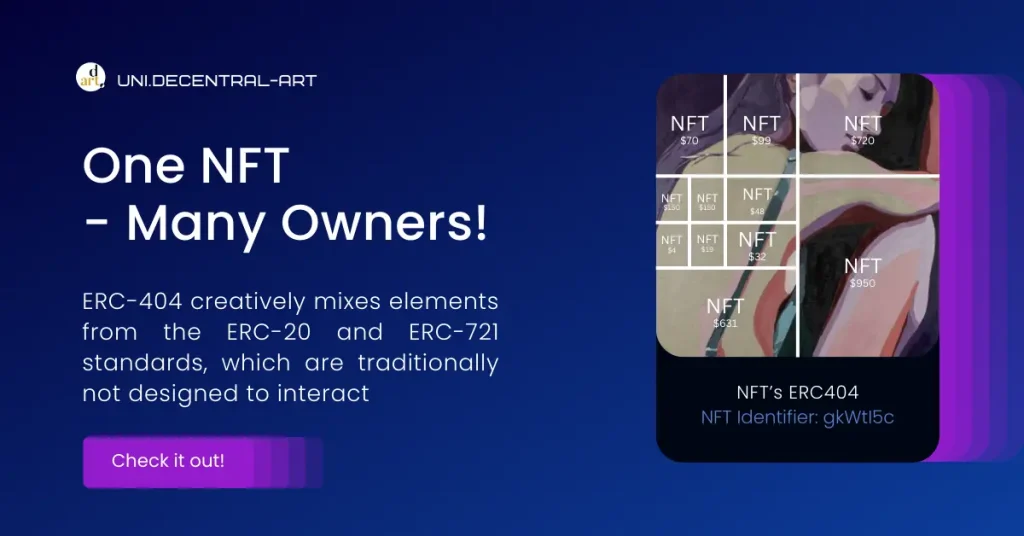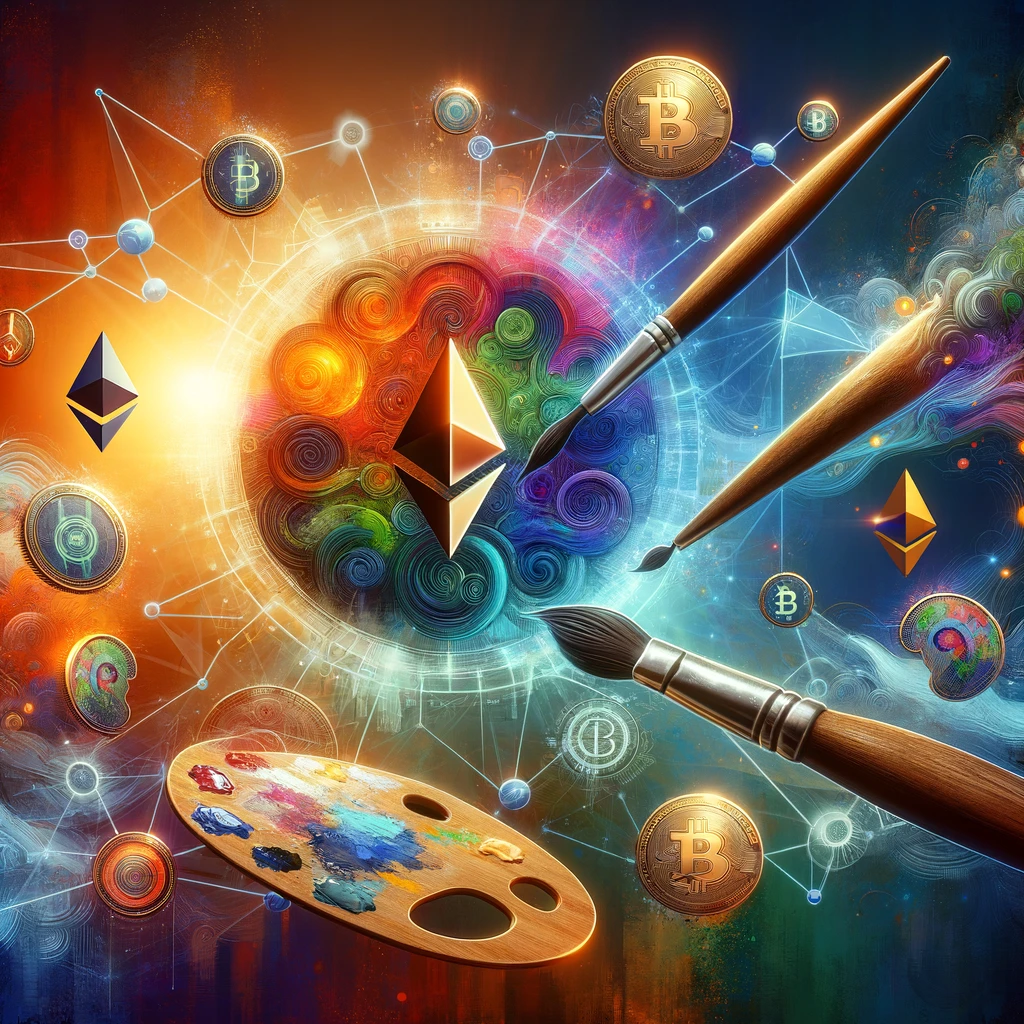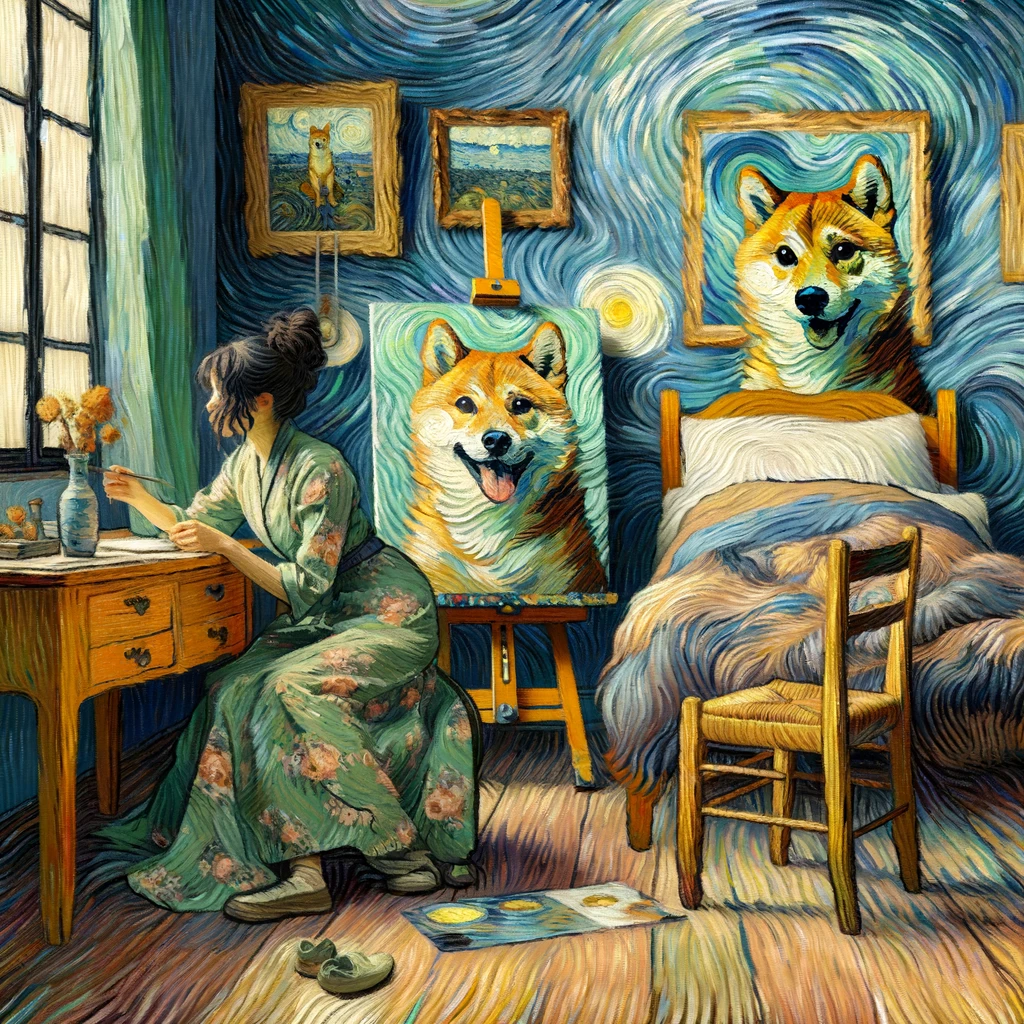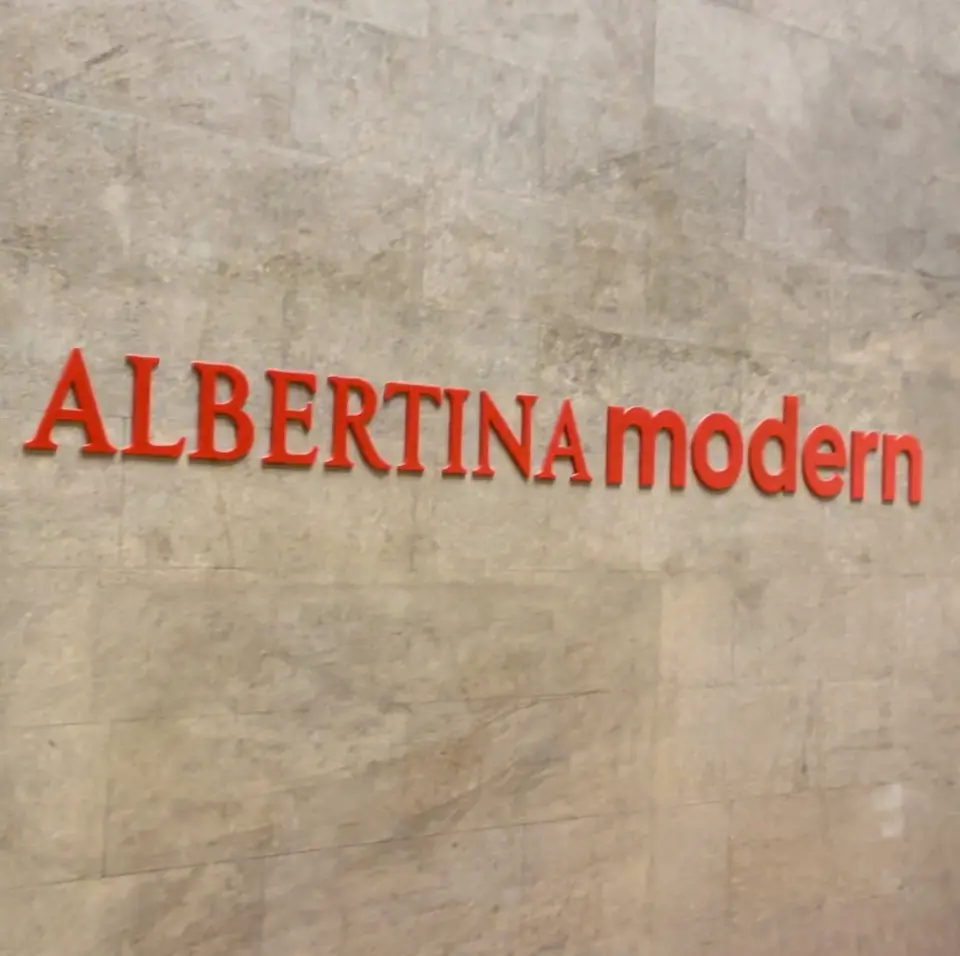Unleashing Creativity!
In the ever-evolving landscape of digital art, a new collection has sparked a conversation that bridges nostalgia with the pioneering world of NFTs (Non-Fungible Tokens). The collection in question? A series of artworks that reimagine classic characters with a modern, artistic twist.
A Kaleidoscope of Nostalgia and Art
As we delve into this vibrant collection, we’re greeted by familiar faces rendered in bold, expressive strokes and splashes of color that seem to dance off the canvas. These pieces are more than mere representations; they are a celebration of the characters’ legacy, re-envisioned through the lens of contemporary street art.
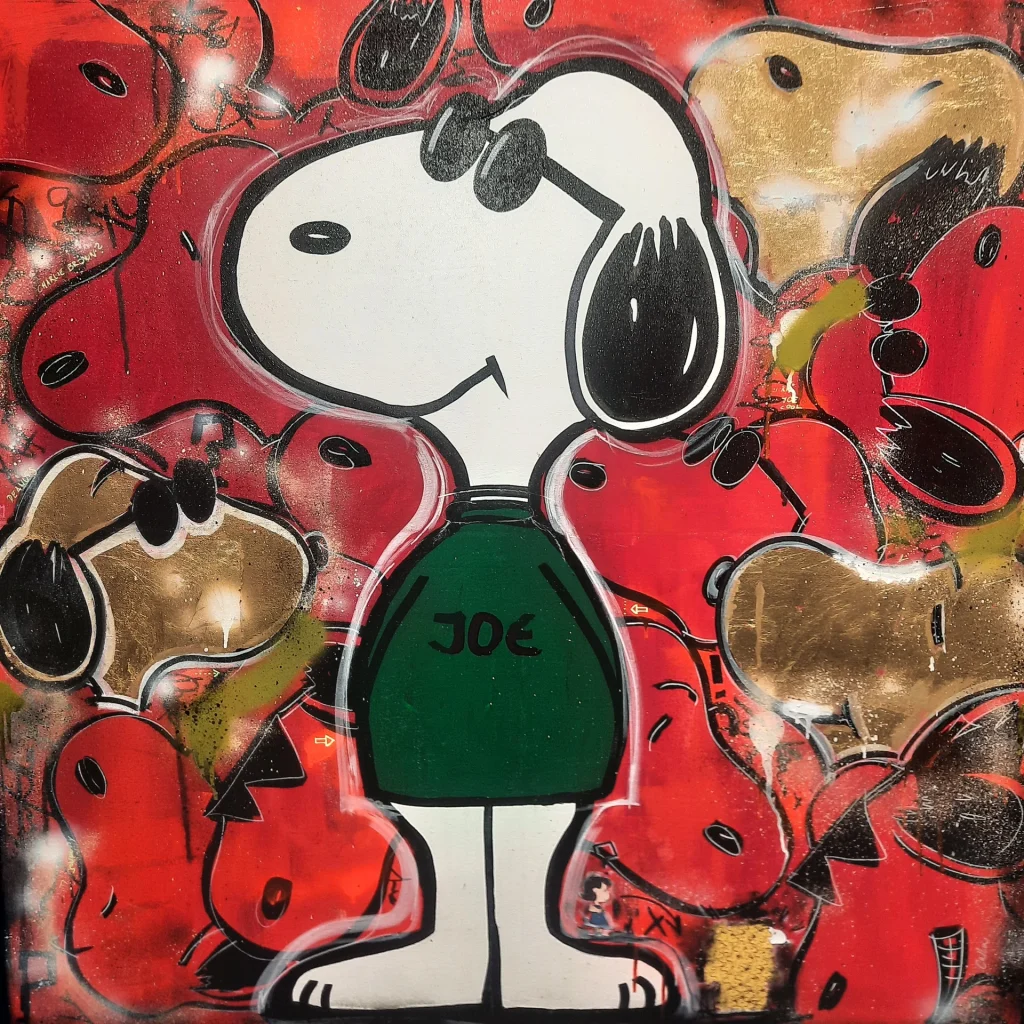
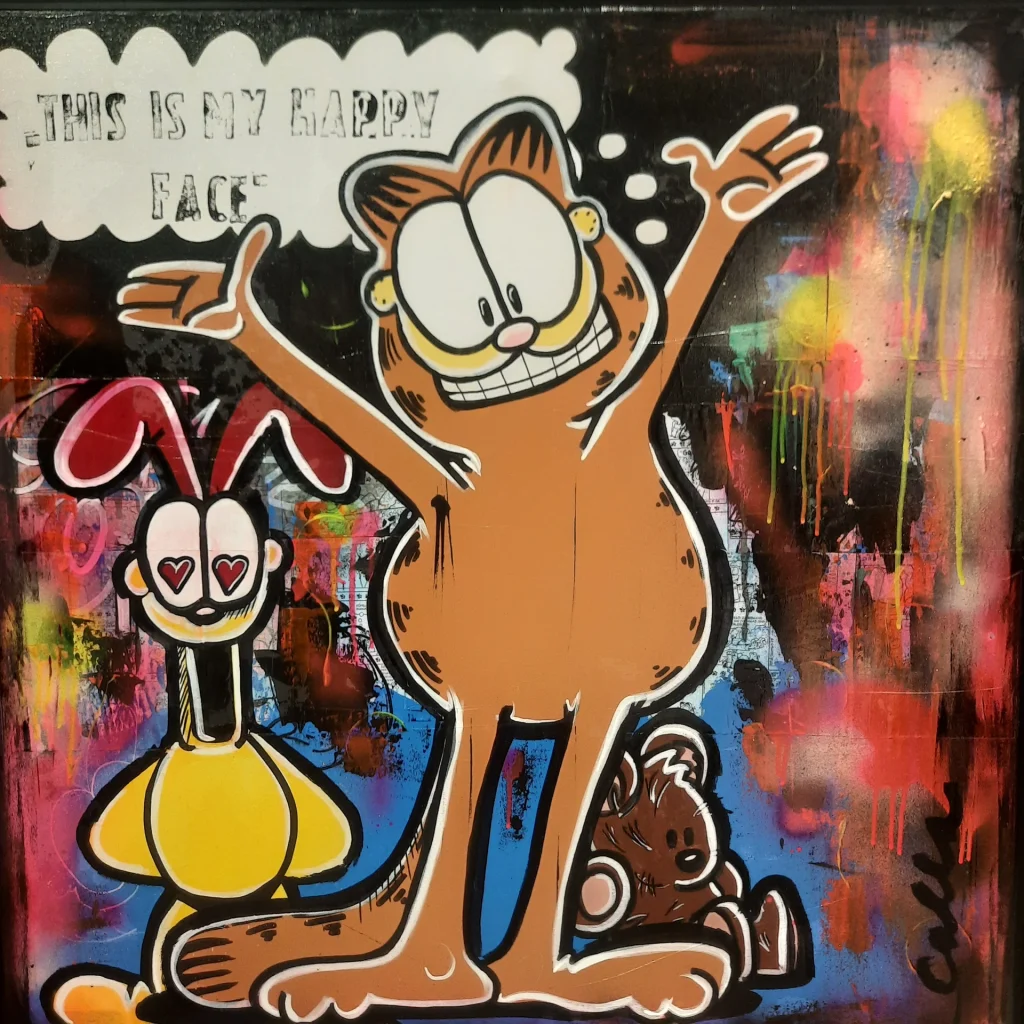
Happy Faces and Colorful Places
The first artwork in the collection features a jubilant Garfield, the lasagna-loving feline, with a speech bubble proudly declaring, “This is my happy face.” The background is a kaleidoscope of dripping hues, creating a visual feast that’s both chaotic and harmoniously balanced. It’s a representation of happiness that’s unapologetically loud and uncontained.
Cool Vibes and Urban Tribes
Next, we encounter a piece that showcases a stylized version of the iconic beagle, Snoopy. Dressed in a shirt labeled “JOE,” he stands against a backdrop that’s a frenzied patchwork of images and colors, resembling the cacophony of a bustling city. This artwork captures the essence of Snoopy’s alter ego. “Joe Cool,” with a skateboard in tow, hinting at a persona that’s ever-adaptable and effortlessly cool.
Minting a New Future for Art
Engaging discussions have emerged around these artworks, centering on whether these creative interpretations should be minted as NFTs with rewards. This idea is captivating for a multitude of reasons. It suggests a novel way of connecting with art. Blending the allure of digital collectibility with the promise of exclusive benefits. Minting these pieces could offer a fresh dimension to the art market. Where each token represents not just ownership but a stake in a cultural legacy turned digital
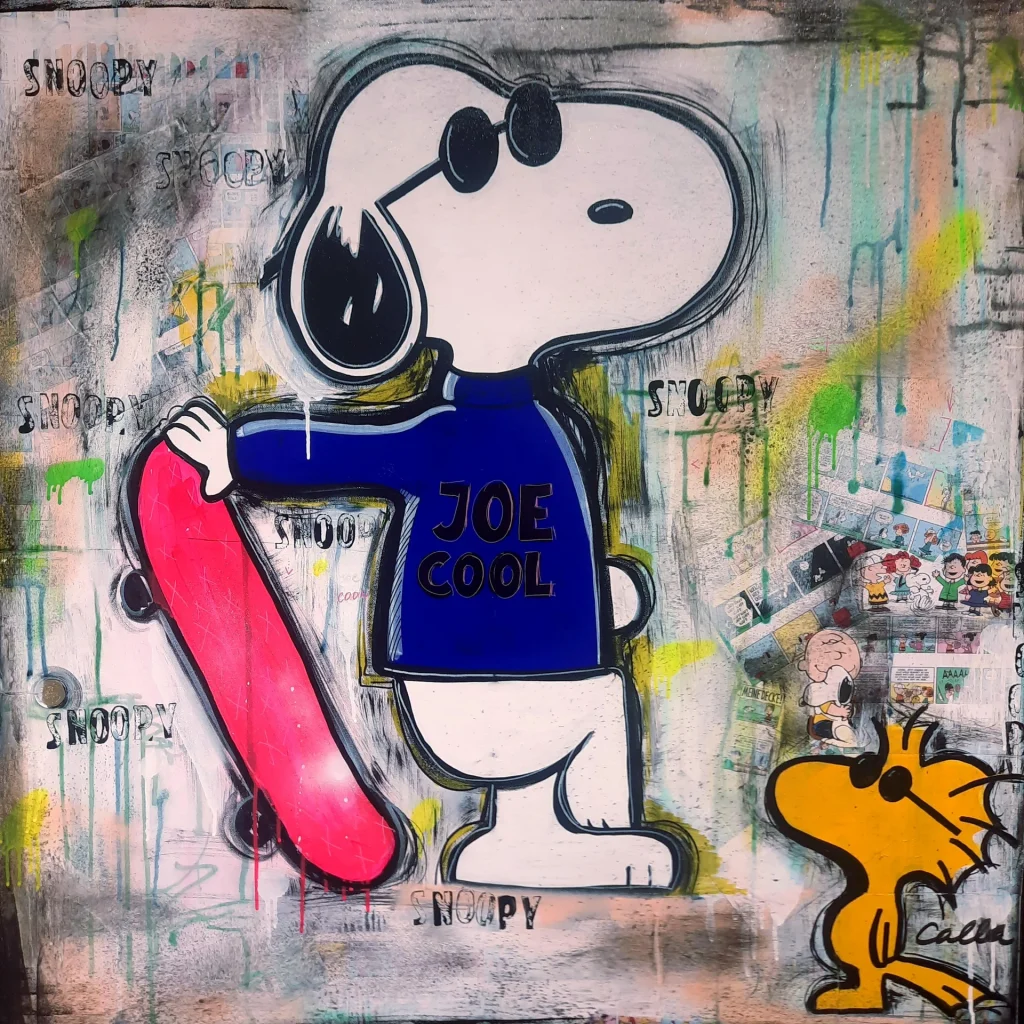
Interactivity and Ownership
Secondly, incorporating rewards could add an interactive element to the ownership experience. Imagine acquiring an NFT and receiving exclusive access to a digital art gallery. Iimited edition prints, or even a physical rendition of the artwork. It’s an approach that could redefine the relationship between artist, artwork, and collector.
Digital Scarcity and the Value of Art
The potential to mint these artworks as NFTs also opens up discussions about digital scarcity, the value of art. And the role of technology in shaping the art market. It’s a narrative that’s at the heart of the NFT revolution. Where the digital representation of art is not merely a copy, but an original piece in its own right.
A Cultural Moment in the Digital Age
The dialogue sparked by these pieces is a testament to the power of art to inspire and provoke. As the conversation unfolds on social media platforms, with enthusiasts and skeptics weighing in, the community’s engagement is palpable. The question of whether to mint these artworks as NFTs with rewards is more than a business propositio. It’s a cultural moment that invites us to reimagine the future of art in the digital age.

The Intersection of Art and Technology
As we ponder the possibilities, one thing is clear: the intersection of art and technology is fertile ground for innovation. Whether these artworks will take on a new life as NFTs with rewards remains to be seen. What is certain is that the discussion itself is a reflection of a society that’s increasingly intertwined with the digital realm. Where art continues to evolve and inspire, one pixel at a time – Q&A


